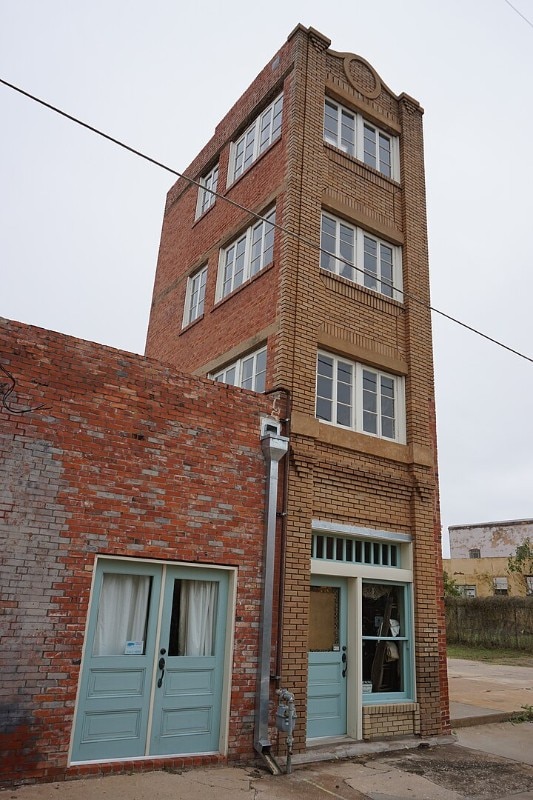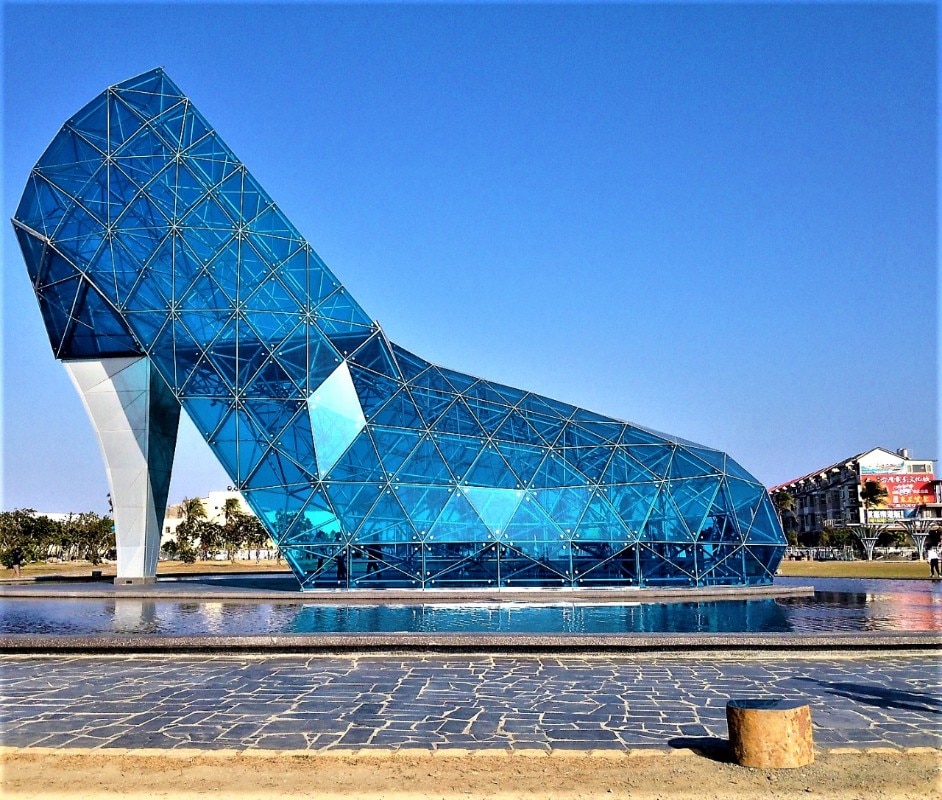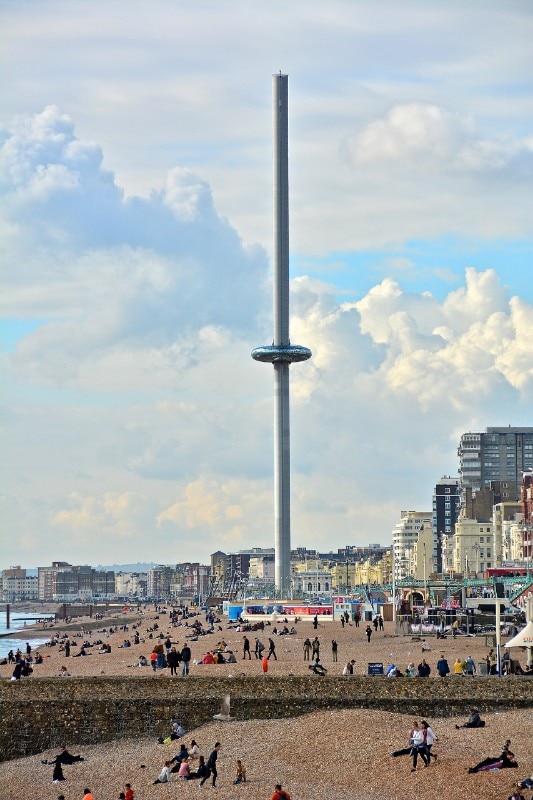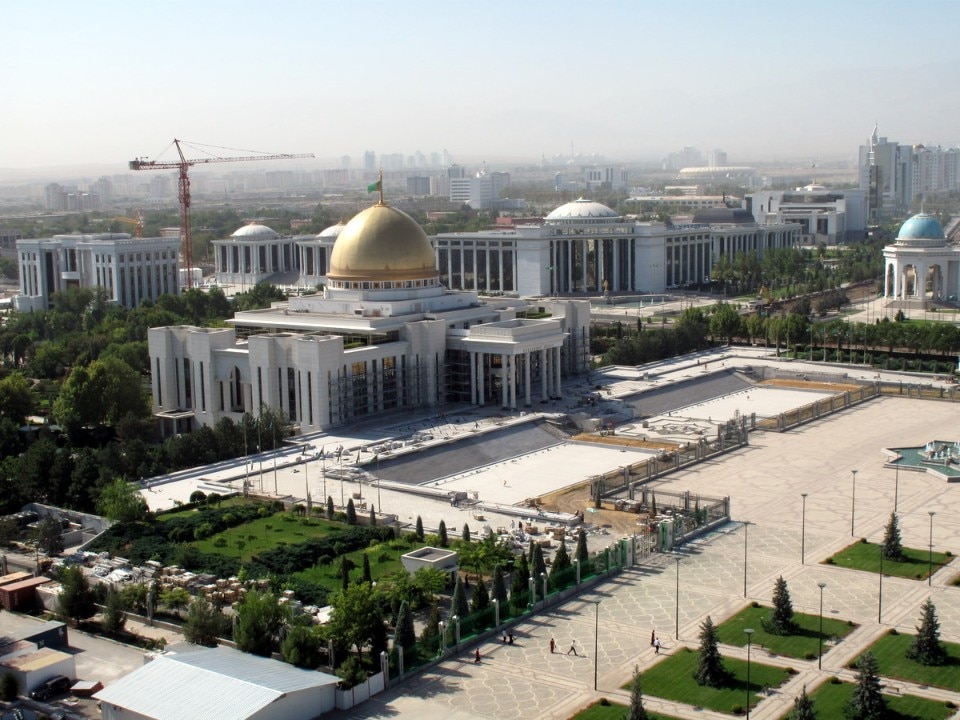The pursuit of primacy is an attitude correlated with the narcissism and need for self-assertion of humanity, and that is a well-known fact: Guinness World Records – the document that collects all the world's records, from natural to man-made – is obvious evidence of this.
The idea of collecting, selecting, celebrating every possible kind of record came to the managing director of the Guinness breweries in Dublin who, after a hunting trip, observed how some birds had managed to escape thanks to their speed and ended up starting a conversation with a few bystanders about which was the fastest bird in Europe. Hence the collection of records published annually since 1955, which retains the name of the brewery although it has long since been disconnected from it.
Among the many oddities that the book includes, architecture certainly does not miss an opportunity to stand out. From the heaviest building, to the slimmest, to the lightest; from the largest church to the smallest skyscraper; from the tallest vertical labyrinth to buildings with the most improbable shapes (of a letter of the alphabet, of a heeled shoe, of a chicken) or with the highest density of white marble cladding.
If the glory “certified” through an absolute superlative only temporarily soothes the anxiety about performance (at least until a new, outclassing result arrives), there remains the (modest, Ed.) satisfaction, to paraphrase Oscar Wilde, of being talked about, for better or worse, as long as it is talked about.

Ethimo's latest collection is all about weaves
Inspired by the traditional craftsmanship of Eastern Spain and patios, the new collection designed by Studio Zanellato/Bortotto reimagines the aesthetics of comfort.















